A proposed experiment to swap fundamental properties between photons carries profound implications for our understanding of reality itself.
- By Anil Ananthaswamy on May 6, 2019

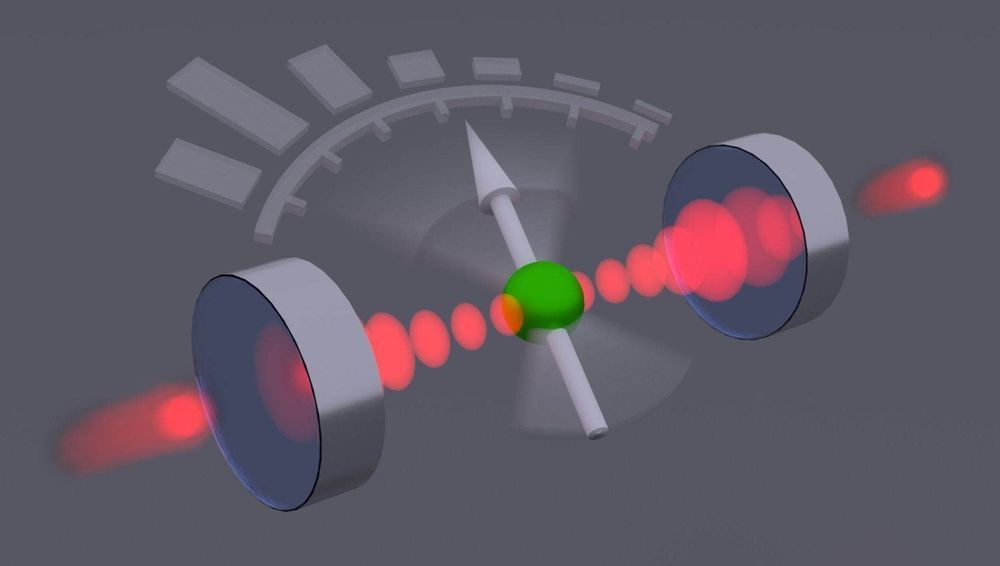
A photodetector converts light into an electrical signal, causing the light to be lost. Researchers led by Tracy Northup at the University of Innsbruck have now built a quantum sensor that can measure light particles non-destructively. It can be used to further investigate the quantum properties of light.
Physicist Tracy Northup is currently researching the development of quantum internet at the University of Innsbruck. The American citizen builds interfaces with which quantum information can be transferred from matter to light and vice versa. Over such interfaces, it is anticipated that quantum computers all over the world will be able to communicate with each other via fiber optic lines in the future. In their research, Northup and her team at the Department of Experimental Physics have now demonstrated a method with which visible light can be measured non-destructively. The development follows the work of Serge Haroche, who characterized the quantum properties of microwave fields with the help of neutral atoms in the 1990s and was awarded the Nobel Prize in Physics in 2012.
In work led by postdoc Moonjoo Lee and Ph.D. student Konstantin Friebe, the researchers place an ionized calcium atom between two hollow mirrors through which visible laser light is guided. “The ion has only a weak influence on the light,” explains Tracy Northup. “Quantum measurements of the ion allow us to make statistical predictions about the number of light particles in the chamber.” The physicists were supported in their interpretation of the measurement results by the research group led by Helmut Ritsch, a Innsbruck quantum optician from the Department of Theoretical Physics. “One can speak in this context of a quantum sensor for light particles”, sums up Northup, who has held an Ingeborg Hochmair professorship at the University of Innsbruck since 2017. One application of the new method would be to generate special tailored light fields by feeding the measurement results back into the system via a feedback loop, thus establishing the desired states.

Quantum communication is a strange beast, but one of the weirdest proposed forms of it is called counterfactual communication — a type of quantum communication where no particles travel between two recipients.
Theoretical physicists have long proposed that such a form of communication would be possible, but in 2017, for the first time, researchers were able to experimentally achieve it — transferring a black and white bitmap image from one location to another without sending any physical particles.
If that sounds a little too out-there for you, don’t worry, this is quantum mechanics, after all. It’s meant to be complicated. But once you break it down, counterfactual quantum communication actually isn’t as bizarre as it sounds.

Scientists around the world are testing ways to further boost the power of particle accelerators while drastically shrinking their size.
10/18/18
Our best model of particle physics explains only about 5 percent of the universe.
09/25/18
Particle physicists and astrophysicists employ a variety of tools to avoid erroneous results.

Circa 2016
Entanglement is an extremely strong correlation that can exist between quantum systems. These correlations are so strong that two or more entangled particles have to be described with reference to each other, even though the individual objects may be spatially separated.
It has been shown that even if two uncorrelated quantum systems that don’t know anything about each other can still become entangled in a quantum vacuum without being limited by the speed of light.
Quantum theory states that the quantum vacuum isn’t really empty. Quantum fluctuations of the electro-magnetic field vacuum are entangled. These fluctuations can interact locally with two space-like separated atoms and entangle them even if the two atoms never communicated with one another, or even if they never exchanged any information at all. This phenomenon is known as entanglement harvesting.
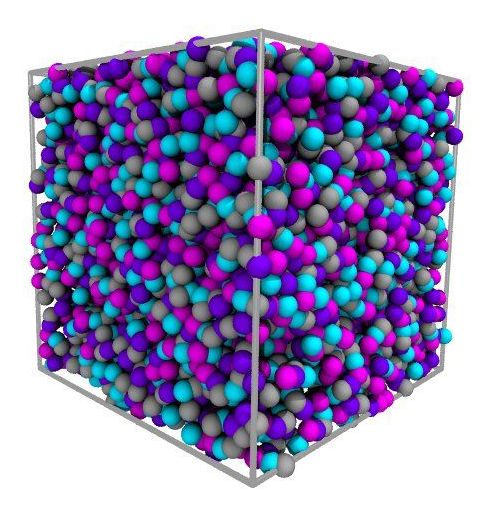
Not everything about glass is clear. How its atoms are arranged and behave, in particular, is startlingly opaque.
The problem is that glass is an amorphous solid, a class of materials that lies in the mysterious realm between solid and liquid. Glassy materials also include polymers, or commonly used plastics. While it might appear to be stable and static, glass’ atoms are constantly shuffling in a frustratingly futile search for equilibrium. This shifty behavior has made the physics of glass nearly impossible for researchers to pin down.
Now a multi-institutional team including Northwestern University, North Dakota State University and the National Institute of Standards and Technology (NIST) has designed an algorithm with the goal of giving polymeric glasses a little more clarity. The algorithm makes it possible for researchers to create coarse-grained models to design materials with dynamic properties and predict their continually changing behaviors. Called the “energy renormalization algorithm,” it is the first to accurately predict glass’ mechanical behavior at different temperatures and could result in the fast discovery of new materials, designed with optimal properties.
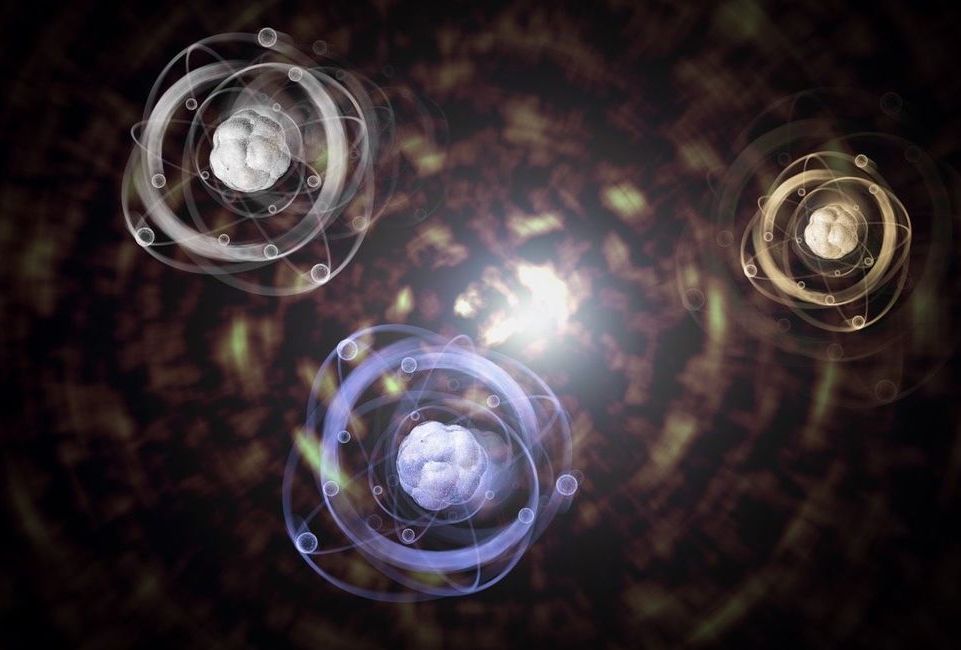

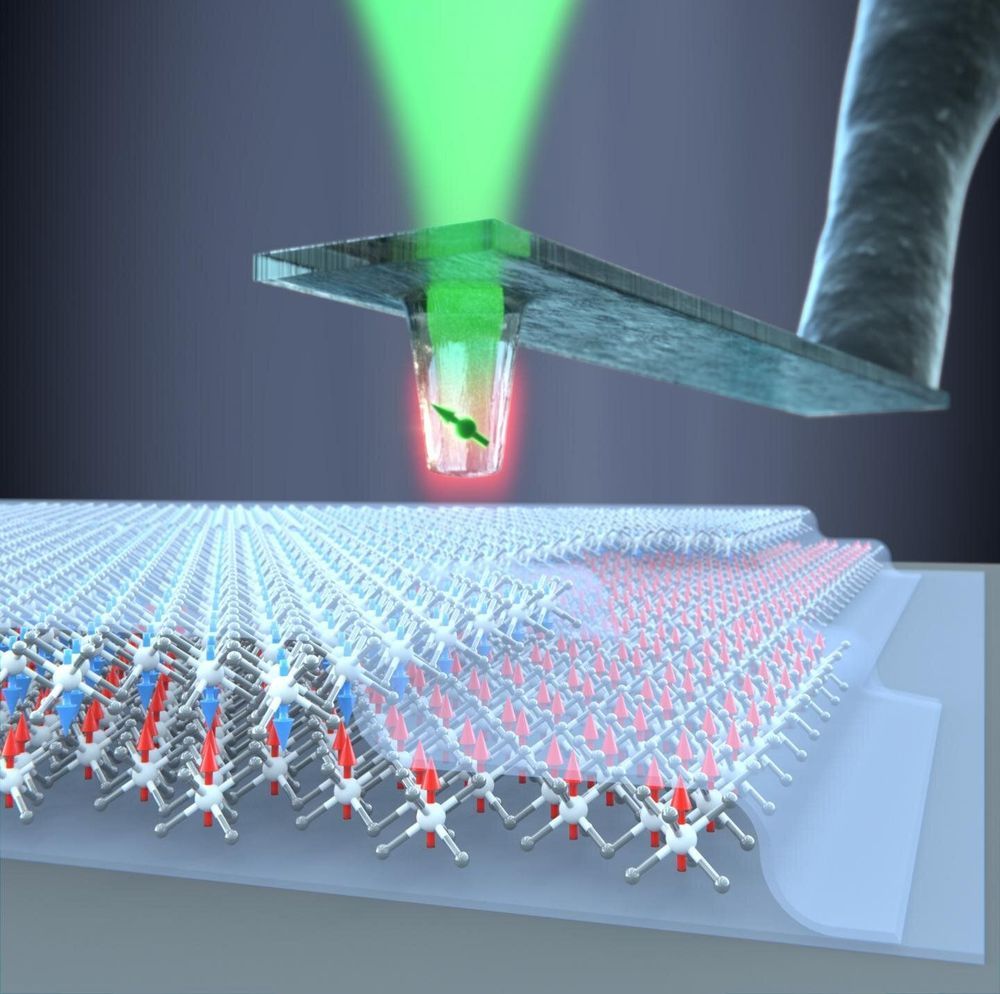
For the first time, physicists at the University of Basel have succeeded in measuring the magnetic properties of atomically thin van der Waals materials on the nanoscale. They used diamond quantum sensors to determine the strength of the magnetization of individual atomic layers of the material chromium triiodide. In addition, they found a long-sought explanation for the unusual magnetic properties of the material. The journal Science has published the findings.
The use of atomically thin, two-dimensional van der Waals materials promises innovations in numerous fields in science and technology. Scientists around the world are constantly exploring new ways to stack different single atomic layers and thus engineer new materials with unique, emerging properties.
These super-thin composite materials are held together by van der Waals forces and often behave differently to bulk crystals of the same material. Atomically thin van der Waals materials include insulators, semiconductors, superconductors and a few materials with magnetic properties. Their use in spintronics or ultra-compact magnetic memory media is highly promising.
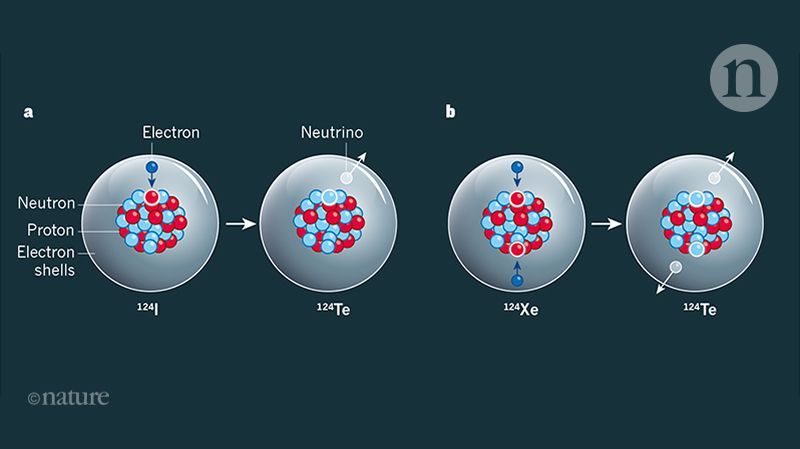
From the point of view of nuclear theory, the decay rates of both two-neutrino and neutrinoless double electron capture can be connected to quantities called nuclear matrix elements. Such quantities contain information about nuclear structure that is extracted from nuclear models and can be applied by researchers in the field of nuclear-structure theory.
For half a century, our view of the world has been based on the standard model of particle physics. However, this view has been challenged by theories that can overcome some of the limitations of the standard model. These theories allow neutrinos to be Majorana particles (that is, they are indistinguishable from their own antiparticles) and predict the existence of weakly interacting massive particles (WIMPs) as the constituents of invisible ‘dark matter’ in the Universe. Majorana neutrinos mediate a type of nuclear decay called neutrinoless double-β decay, an example of which is neutrinoless double electron capture. A crucial step towards observing this decay is to detect its standard-model equivalent: two-neutrino double electron capture. In a paper in Nature, the XENON Collaboration reports the first direct observation of this process in xenon-124 nuclei, using a detector that was built to detect WIMPs.
